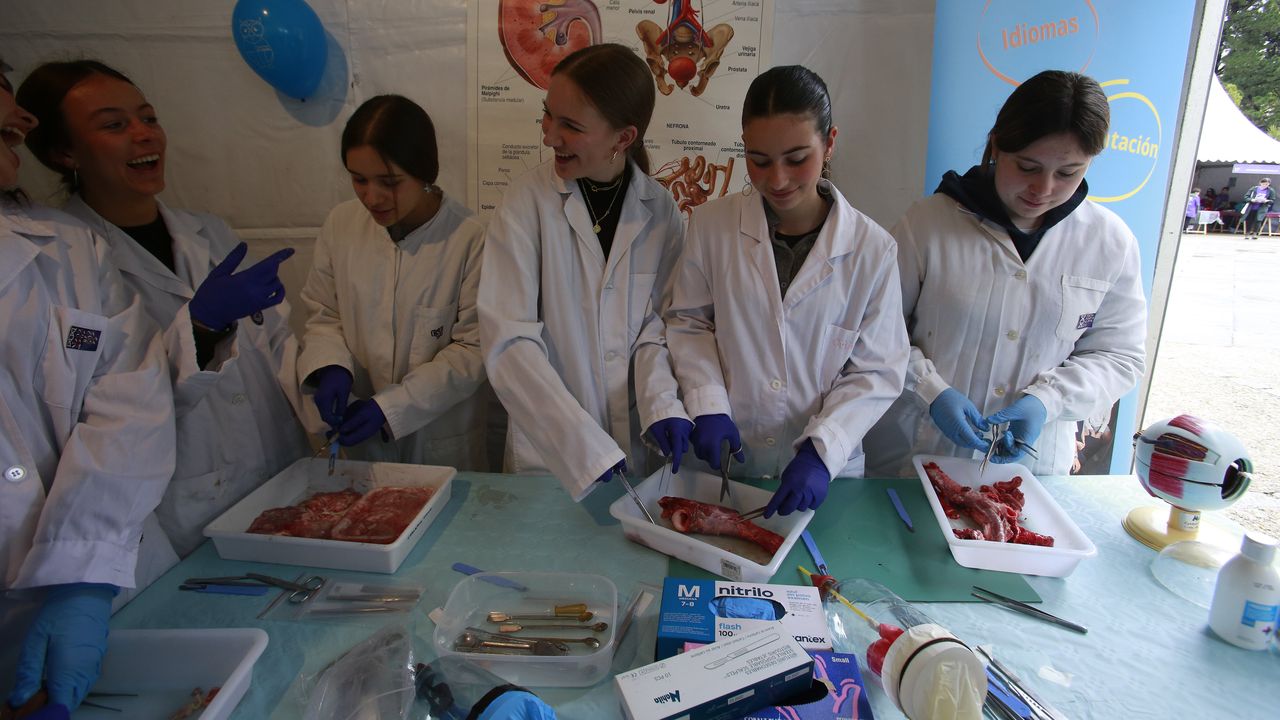National Aeronautics and Space Administration (a pot) aims to create artificial intelligence (Amnesty International) OpenAI-style ChatGPT to be able “He speaks” with their spaceships. The idea is that it helps astronauts during their missions in space, plus, in the future, could allow spacecraft to communicate using natural language. The grand plans for this system will take the program into space just as we see it in science fiction movies and series. The project is so ambitious that the idea is “Discusses the” directly with the machine.
How is this space initiative being handled?
According to Dr. Larissa Suzuki – in which she works Google As Technical Director a pot As a visiting researcher – the first version of this ChatGPT-like technology will be integrated into the terminal Space portal that will revolve around moon as part of the errands artemis, At least, this is how he explained the matter during a recent conference in London – published by the Guardian newspaper -. However, the potential of this Amnesty International It will be much bigger than we can imagine.
This is because the ambitious plan considers it in some future we can talk to Fluently With machines using natural and modern language. In this way, it will cease to be a utopia or just an element that complements science fiction.
“The idea is to get to a point where we have conversational interactions with spacecraft and they also come back to us about interesting alerts and discoveries that they see in the solar system and beyond,” said Larissa Suzuki.
However, not all is honey on chips. Realizing this technology and getting to the finish line will take years of development and experimentation. Although intention the a pot It’s not about developing ChatGPT that can control all the parameters of a private mission or human life in orbit, they want to create Interplanetary Communication Network Integrates artificial intelligence for remote fault detection and diagnosis. This tool can be very useful throughout our history in space, especially when we can finally address it in a better way and we need to prevent a technical problem on unmanned spacecraft and out of space. human arrival.
NASA wants the next AI to be implemented in the Artemis program
According to Dr. Larissa Suzuki, having a natural language interface in style chat It will allow NASA engineers to directly contact the spacecraft and ask What does not work. This will simplify procedures and it will no longer be necessary to review vehicle technical manuals or rely on checklists to be able to find out the problem in some way “Manual”. The expert confirms this technology I’ve already evolved enough to believe this is possible. The docking and dismounting of a space station, the advising on conducting science experiments in orbit, and the generative development of artificial intelligence are no longer the stuff of science fiction.
Because the terminal Space portal – Which will be the first to adopt ChatGPT style technology – It has not yet been compiled, and the space housing and propulsion system module is expected to be launched after November 2024. This is without counting the delays that regularly occur in this type of ambitious project. By itself, it will take several more years for it to be finalized and implemented. Beyond that Amnesty International Generative energy helps astronauts and the uncertain future in space, experts find it interesting to consider how automated management might affect a station that will orbit moon during the Missions of Artemis.
NASA hopes so Gate periods up to 9 months without a crew, Therefore, it intends to integrate systems capable of operating without supervision and for long periods of time. However, it would not be ruled out that astronauts could “teach him” Something for this AI when they are on the station.
“While the crews are present, the technologies should improve the capabilities of the crew, enable greater autonomy from the control of ground missions, and learn how to perform or improve the performance of their autonomous operations through monitoring the crews,” NASA emphasized.





